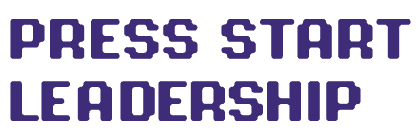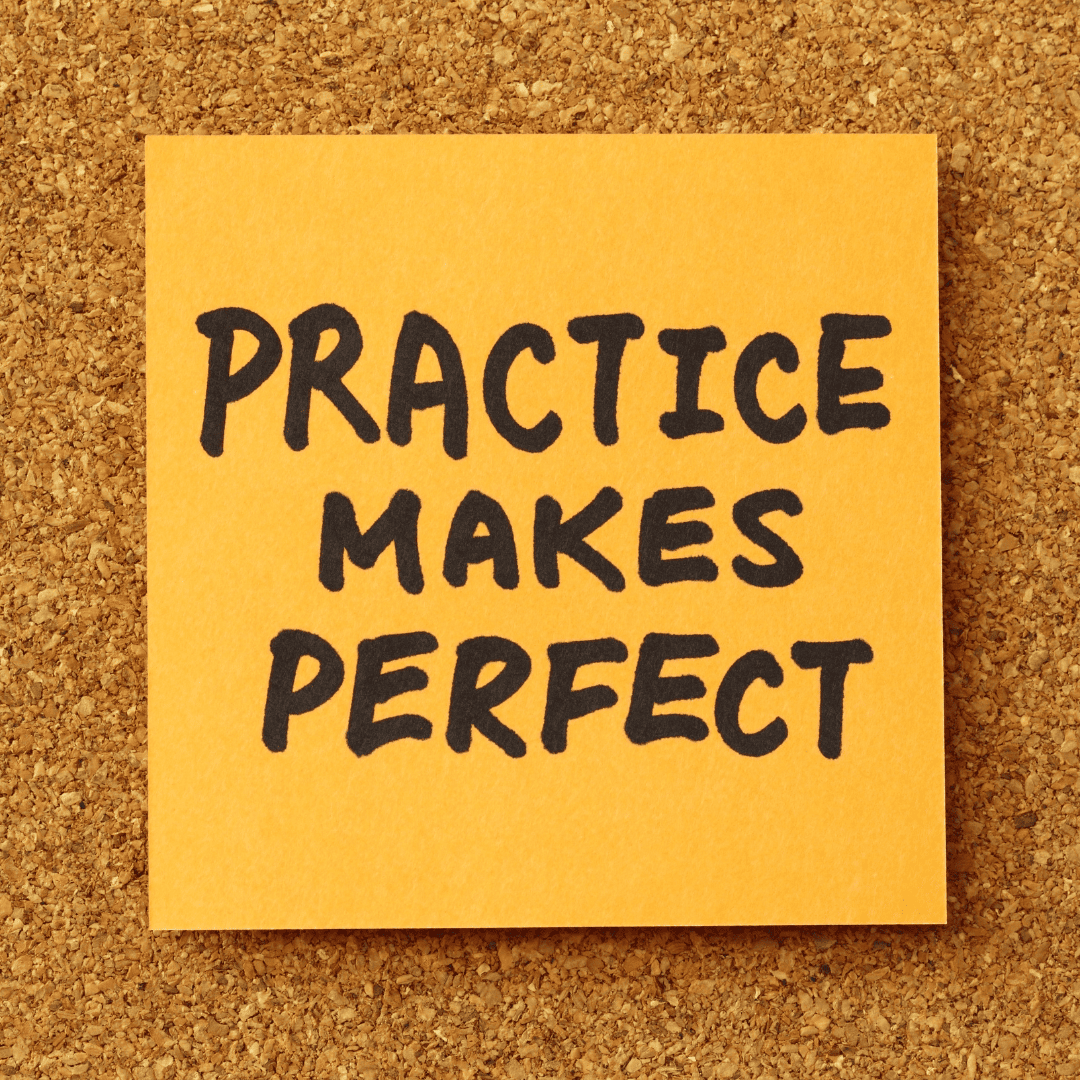From Vision to Victory: Strategies for Crafting Compelling Pitches and Navigating the Competitive Landscape of the Video Game Industry
In the vibrant and ever-evolving world of video games, where innovation meets art and technology, the journey of bringing a new game to market is fraught with challenges and competition. At the heart of this journey is the pitch – a critical moment where developers and creators have the opportunity to sell their vision and secure the support needed to turn their dreams into digital realities. This article delves into the indispensable role of practice and preparation in mastering the art of pitching within the video game industry. With insights from industry experts, analysis of successful pitches, and a comprehensive guide on crafting and delivering compelling presentations, we aim to provide a roadmap for developers looking to make their mark in this dynamic field.
The Art of the Pitch in Video Games
The pitch process in the video game industry is a unique blend of storytelling, technical demonstration, and market analysis. Unlike other sectors, where the focus might be solely on financials or feasibility, video game pitches must capture the imagination of the audience, demonstrate the game’s potential for fun and engagement, and convince stakeholders of its commercial viability. This multifaceted challenge requires a deep understanding of both the creative and business aspects of the industry.
Understanding Your Audience
Before diving into the mechanics of a successful pitch, it’s crucial to understand the audience. In the video game industry, your audience can vary significantly, from publishers and investors to potential collaborators and the gaming community at large. Each audience has different interests and priorities; for instance, publishers might be focused on market trends and profitability, while developers may prioritize the game’s innovation and technical aspects. Tailoring your pitch to address the specific concerns and interests of your audience is the first step in a successful presentation.
The Importance of Practice
Practice is not merely a rehearsal of what you plan to say; it’s an iterative process of refining your message, delivery, and even your understanding of your own project. Through practice, you can discover the most compelling aspects of your game, identify potential weaknesses in your pitch, and develop confidence in your presentation skills. Engaging in mock pitches, seeking feedback from peers, and even practicing in front of a mirror can reveal insights that will strengthen your final pitch.
Preparation: Beyond the Pitch Deck
While a well-designed pitch deck is crucial, preparation for a pitch extends far beyond slides. It involves a deep dive into market research, understanding current trends in gaming, anticipating questions about your game’s design and business model, and preparing to discuss technical details with confidence. Preparation also means having a playable demo or prototype ready, as showing is often more effective than telling when it comes to video games.
Crafting a Compelling Narrative
At its core, every game is a story, and your pitch should be too. Crafting a narrative that weaves together the vision, the unique selling points of your game, and its potential impact on the market can captivate your audience. Start with the inspiration behind the game, describe the world you’re creating and the experiences you aim to provide, and articulate how it stands out from existing titles. A compelling narrative not only sells your game but also demonstrates your passion and vision.
Demonstrating Market Awareness
The video game industry is highly competitive, with thousands of games released every year. Demonstrating a clear understanding of the market, including trends, competitor analysis, and target demographics, is essential. This doesn’t mean you should discourage innovation in favor of following trends, but rather show how your game fits into the larger market landscape. Evidence of market research and potential revenue models shows that you’re not just a creator but a savvy businessperson.
Technical Mastery and Innovation
A significant part of your pitch will involve showcasing the technical aspects of your game. This includes discussing the game’s mechanics, technology stack, art style, and any innovations that set it apart. Being able to speak confidently and in detail about these elements indicates that you have a deep understanding of your game and its development process. However, balance is key – while it’s important to highlight technical achievements, the focus should always return to how these elements serve the game’s overall experience and story.
Handling Feedback and Questions
No matter how well you prepare, there will always be questions and feedback, some of which may be challenging. Approaching these moments with openness and professionalism can turn potential obstacles into opportunities for further engagement. Practicing responses to tough questions or critiques can help you handle these situations gracefully during your actual pitch.
Adaptability: The Key to Dynamic Presentations
One of the most crucial skills in pitching is adaptability. While practice and preparation are indispensable, the ability to read the room and adjust your pitch on the fly can make the difference between success and failure. This means being prepared to shorten your presentation for time constraints, expand on aspects that are garnering interest, or pivot your focus based on the audience’s questions and reactions. Adaptability also involves preparing different versions of your pitch for different audiences, highlighting the elements most relevant to each.
Visual Storytelling: Show, Don’t Tell
In a medium as visual as video games, the adage “show, don’t tell” holds significant weight. Your pitch should leverage visual storytelling wherever possible, using concept art, trailers, gameplay footage, and prototypes to bring your game to life. Visuals can convey the essence of your game more effectively than words alone, evoking emotions and excitement. When preparing visuals, focus on quality and relevance—each piece should serve a purpose in illustrating your game’s vision, gameplay mechanics, art style, or narrative.
The Power of a Playable Demo
A playable demo can be one of your strongest assets in a pitch. It offers tangible proof of your game’s potential and gives stakeholders a firsthand experience of its gameplay, art, and innovation. However, developing a demo requires significant resources, so it’s important to focus on creating a concise, impactful experience that showcases your game’s core mechanics and unique features. A well-crafted demo not only demonstrates your technical and creative abilities but also can spark excitement and engagement more effectively than any other part of your pitch.
Clear Call to Action
Every successful pitch ends with a clear call to action. What do you want your audience to do after hearing your pitch? Whether it’s securing funding, forming a partnership, or simply gaining support for your project, your call to action should be specific, achievable, and relevant to the audience. Be clear about the resources you need, the timeline you envision, and the next steps you propose. A compelling call to action leaves your audience with a clear understanding of how they can be part of your game’s journey.
Preparing for the Long Haul: Follow-Ups and Building Relationships
The pitch itself is just the beginning. Building relationships with publishers, investors, and other stakeholders is a process that extends well beyond the initial presentation. Follow-up meetings, updates on your game’s progress, and continuous networking are essential for keeping the momentum going. Even if a pitch does not immediately result in a partnership or investment, the relationships you build can open doors in the future. Be persistent, professional, and positive, keeping in mind that the video game industry is as much about people as it is about products.
Embracing Rejection as a Learning Opportunity
Rejection is an inevitable part of the pitching process, but it’s not the end of the road. Instead, view each rejection as an opportunity to learn and improve. Solicit feedback whenever possible, and use it to refine your game, your pitch, and your understanding of the market. The resilience and learning that come from dealing with rejection can ultimately lead to a stronger project and a more successful pitch in the future.
Final Thoughts: Your Pitch as the Beginning of a Journey
The journey of pitching your video game is a microcosm of game development itself—requiring creativity, technical skill, strategic thinking, and perseverance. By embracing the principles of practice, preparation, adaptability, and continuous learning, you can navigate the challenges of the pitch process and move closer to bringing your game to the world. Remember, every pitch, regardless of its immediate outcome, is a step forward in your development journey, providing invaluable experience and insights. With passion, preparation, and persistence, your pitch can pave the way for your game’s success in the dynamic and exciting world of video games.
Thank you for reading this article to the end. I hope it has been informative and helpful. If you’d like to learn more about the topics we covered, I invite you to check out my podcast and my YouTube channel where I delve into these subjects in more depth.
Additionally, I would love to stay in touch and keep you updated on all the latest developments and insights in the world of leadership. That’s why I encourage you to sign up for my newsletter. Not only will you receive regular updates, but as a thank you for joining, I will also send you my free eBook, “5 Heroic Leadership Skills.” This eBook is packed with practical tips and strategies that will help you take your leadership skills to the next level.
So don’t wait! Sign up for my newsletter today and start your journey towards becoming a more effective and inspiring leader. I can’t wait to hear from you.
Work With Me!
If you’re on the quest to elevate your team’s leadership, production, or game design capabilities, I’m here to assist! Leveraging extensive experience and a strategic approach, I offer personalized audits, bespoke workshops, and leadership retreat facilitation to drive your team toward excellence. My commitment is to provide efficient, reliable, and proven support, ensuring you have the tools and insights needed to thrive. Ready to unlock your team’s full potential and achieve unparalleled success? Don’t hesitate—Press Start on your journey to transformation today! Feel free to reach out directly to discuss how we can tailor a solution to meet your unique needs and goals. Let’s connect and take your team’s performance to the next level!
🔗 www.pressstartleadership.com
📧 contact@pressstartleadership.com


